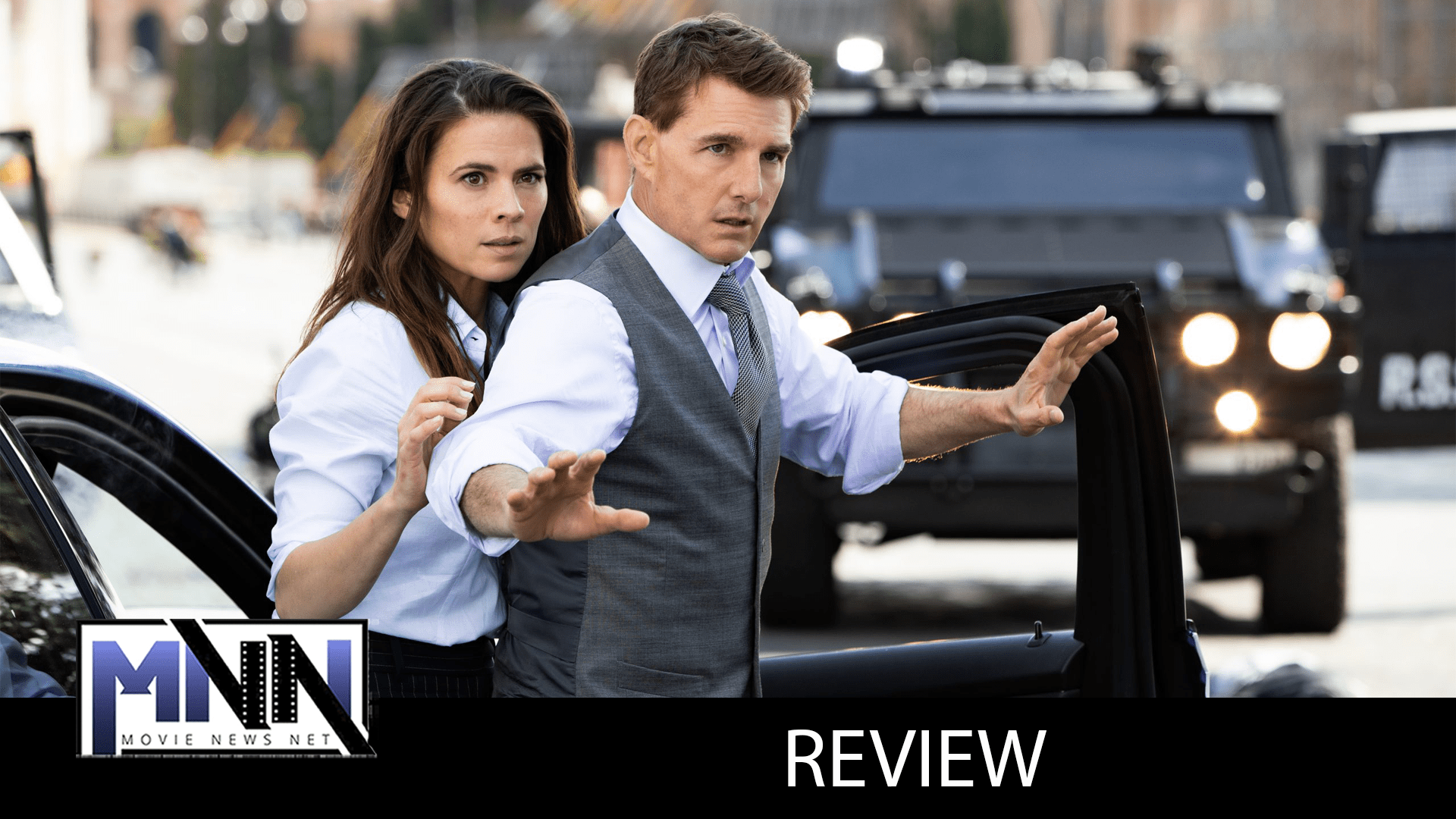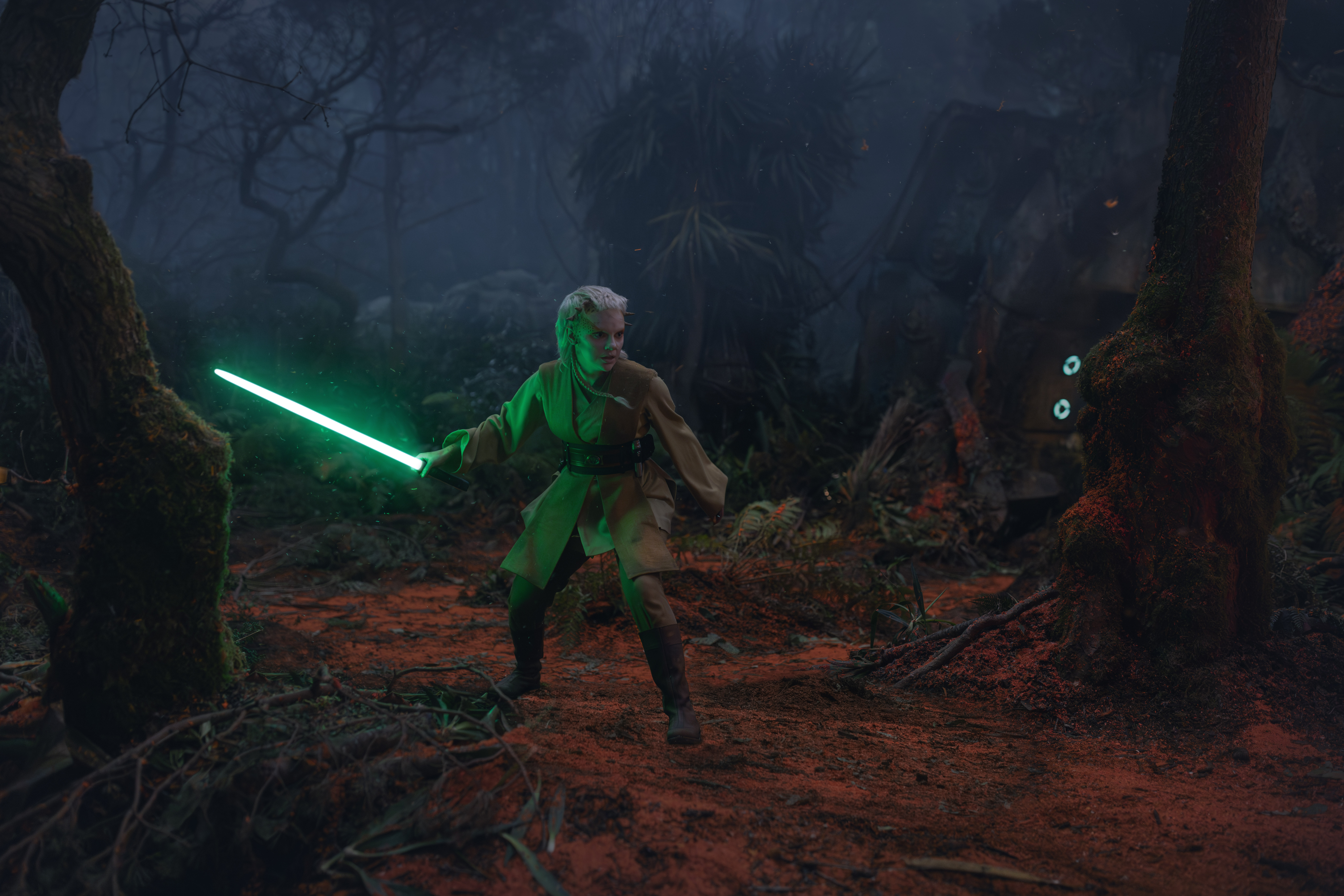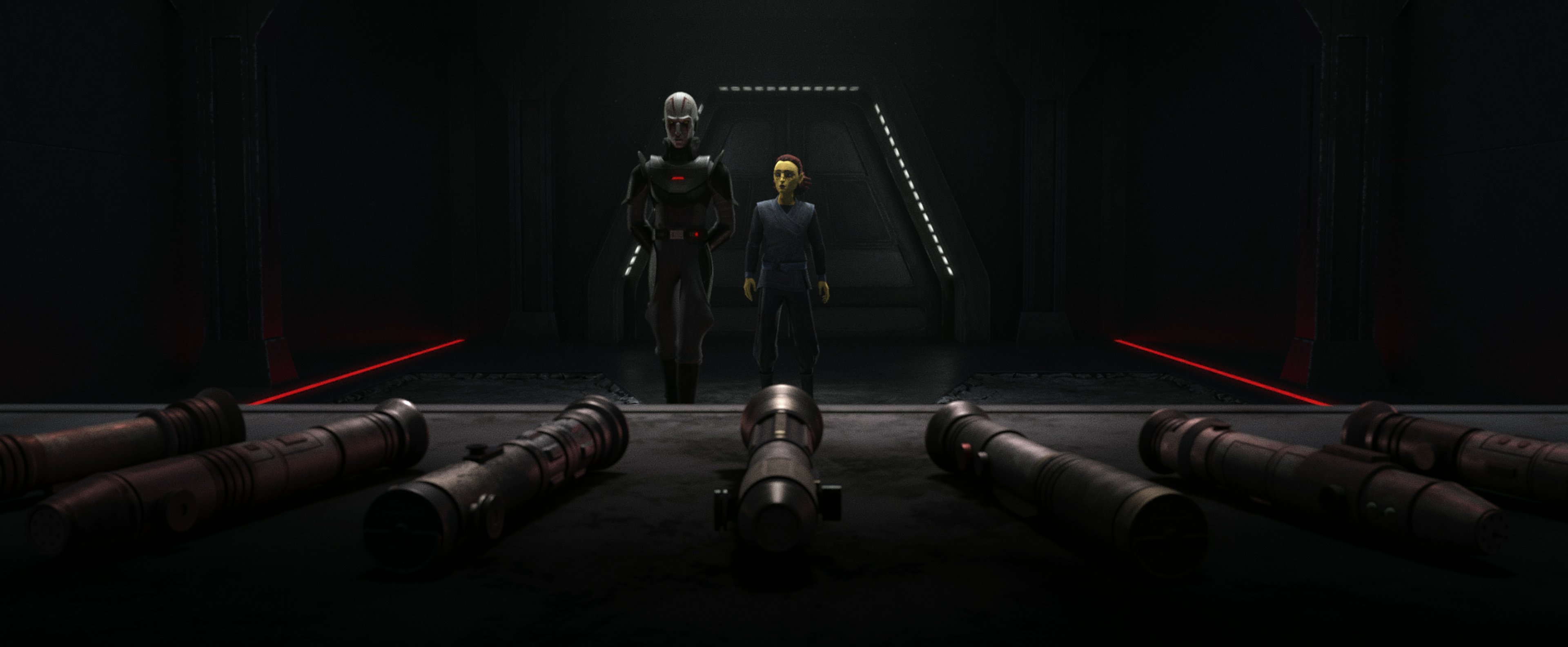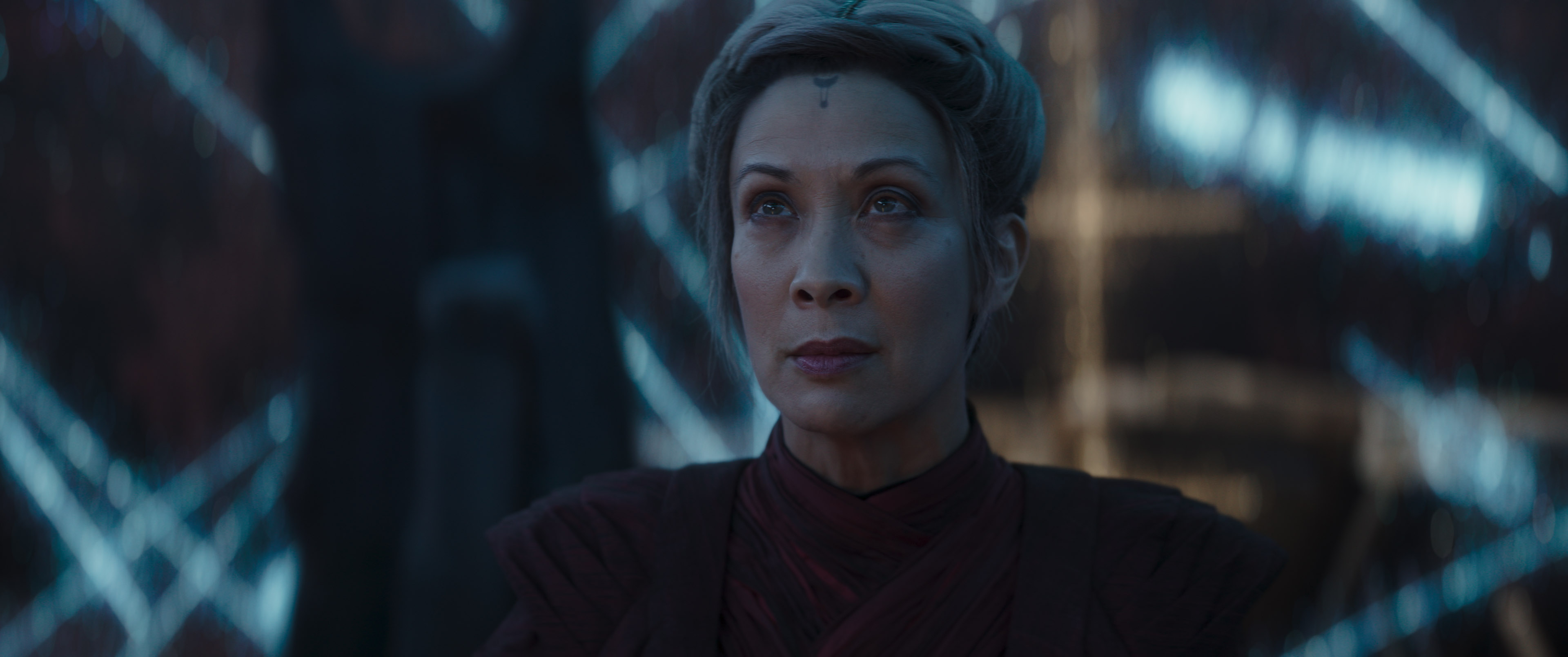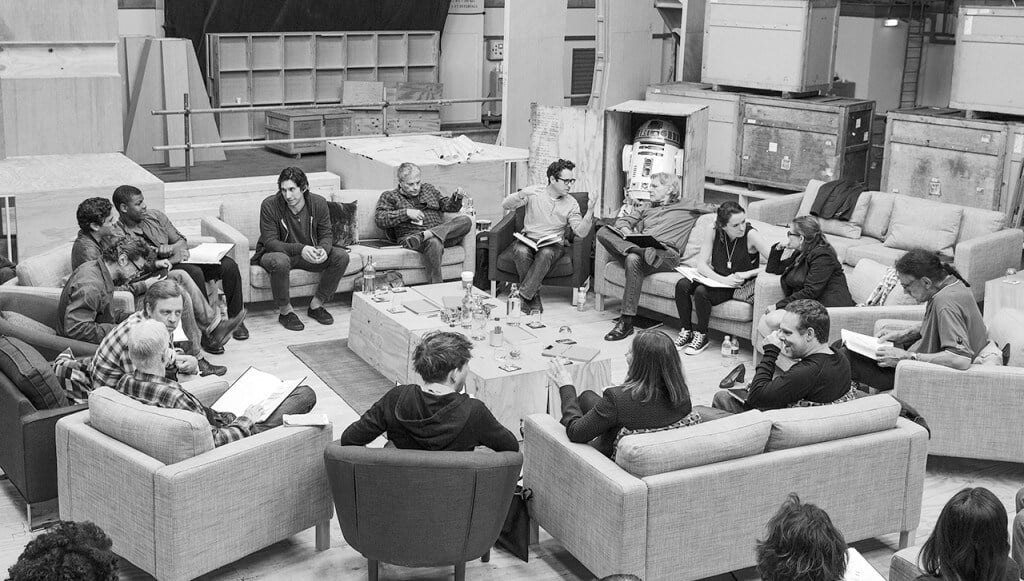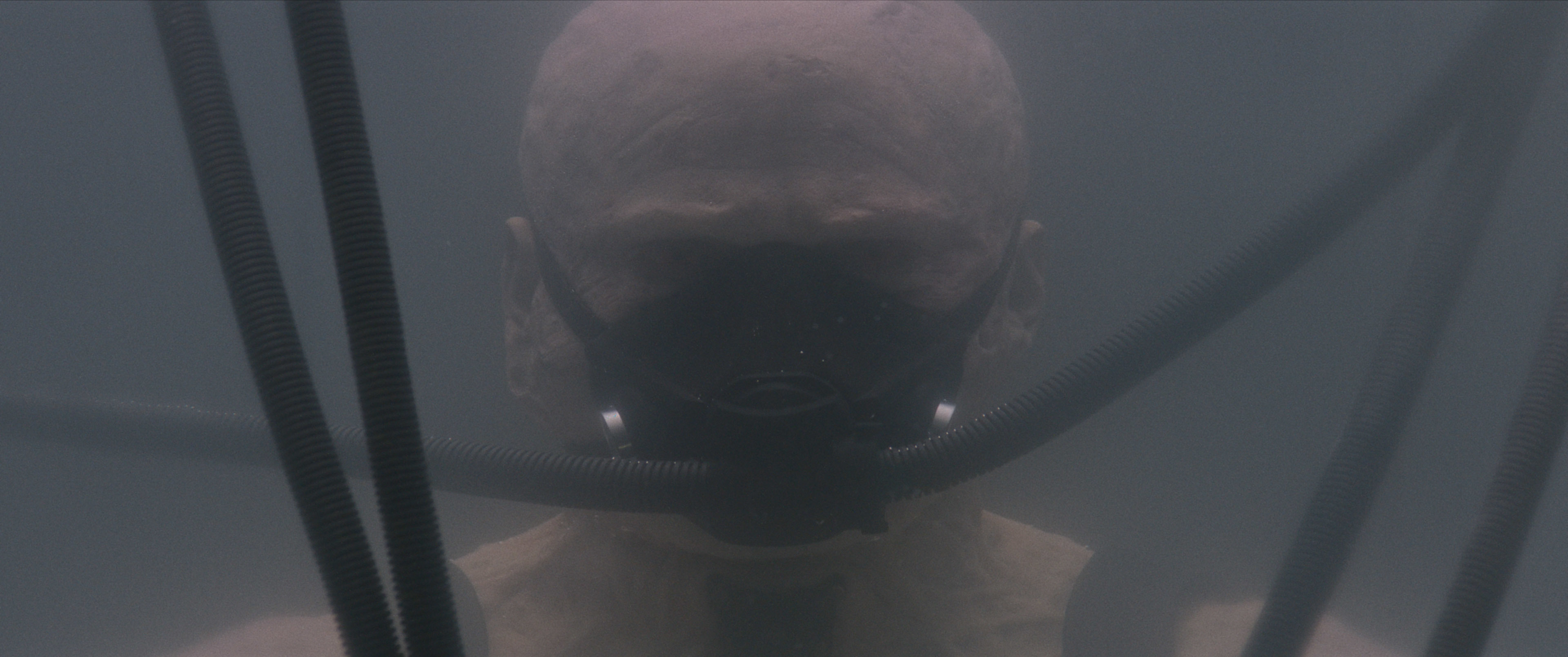‘Mission: Impossible — Dead Reckoning Part One’ Review: The Movie of the Summer
We may like to (lovingly) make fun of Tom Cruise for being the “big stunts guy”, for caring so much about giving audiences an experience for the ages, and for putting so much energy and passion into everything he makes that it even seems scary and off-putting. But Cruise doesn’t just care about making the movies an experience, he cares about the movies; he is a cinephile. He’s not a stuntman, he’s an actor. And while he may not display those acting skills as often (and let’s be real, he’s no Daniel Day-Lewis), the truth is that he has worked with some of the best directors of all time. How many other people can you think of that have worked with Martin Scorsese, Steven Spielberg, Stanley Kubrick, Michael Mann, Paul Thomas Anderson, Cameron Crowe, Brian De Palma, and so on? But it is with his Mission: Impossible — Dead Reckoning Part One director that he finally found his other half.
Chris McQuarrie has helmed the last three movies in the franchise, and with Dead Reckoning he continues to prove that there is no challenge he won’t take on, no mission he won’t accept. He and Cruise may construct each movie around the big setpieces they feel like doing, and yet the scripts come off as the exact opposite, with the stunts being a direct product of where the story takes them. And that is the key to why Mission: Impossible continues to top itself with each new installment. It’s because story comes first. More than that, even, they have a commitment to be consistent across movies but never deliver the same film twice. There are many parallels between Rogue Nation, Fallout, and Dead Reckoning Part One, yet all three stories (along with the four that came before) feel distinctively different from each other. And that’s the beauty of these films, that you never know what you’re gonna get, except that you do.
The new installment finds Cruise’s Ethan Hunt battling a rogue AI algorithm that seeks to take over the world, a time-sensitive topic that has very scary implications because the movie started development two years before COVID-19, and long before ChatGPT came into our lives. There are multiple interested parties in acquiring control over this software, which has turned into a Skynet prototype and has its own interests in mind. This sets Hunt off, once again, on a race against time and every single person he encounters.
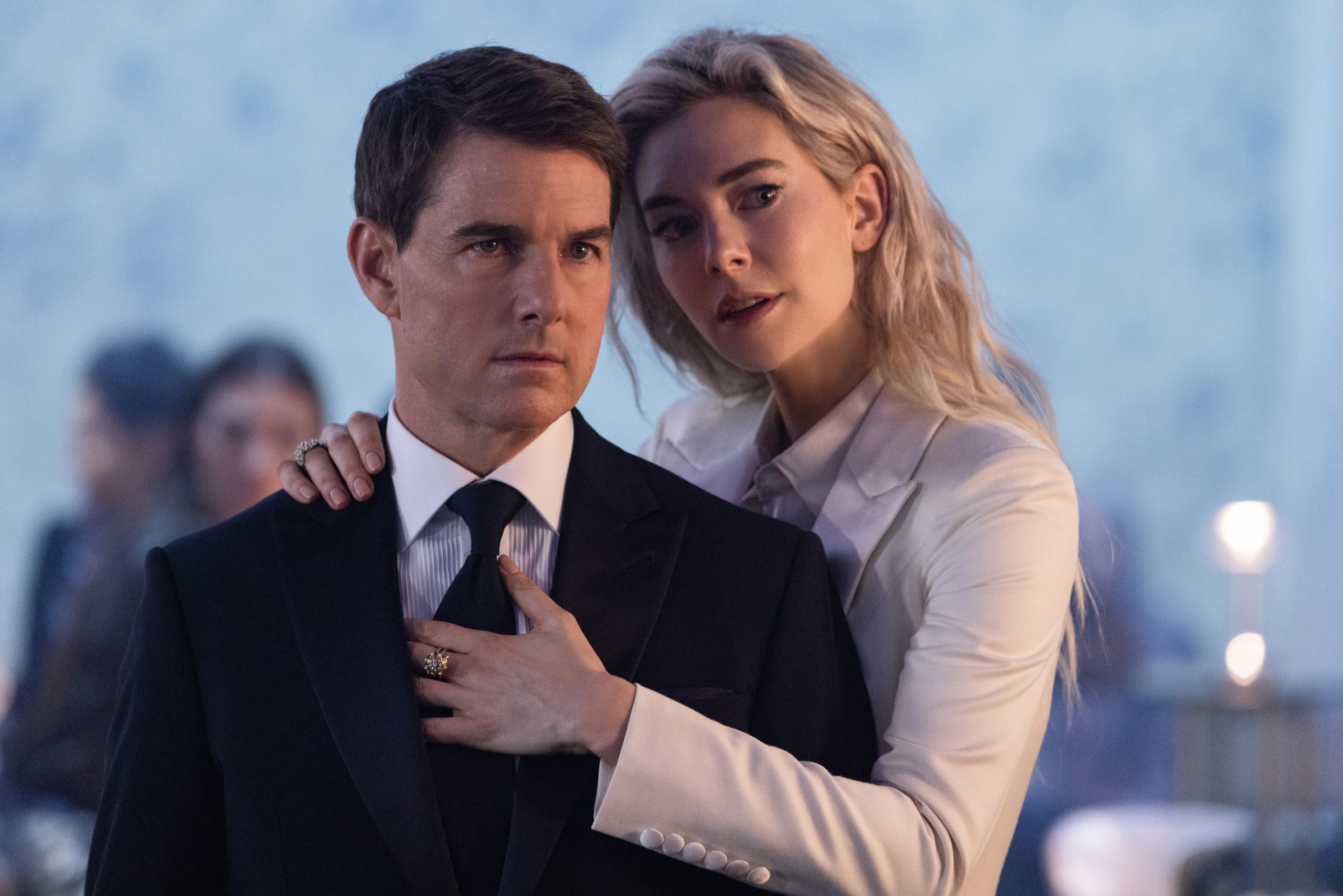
(L-R) Tom Cruise as Ethan Hunt and Vanessa Kirby as The White Widow in Paramount Pictures’ Mission: Impossible — Dead Reckoning Part One.
The baddest of them all is Esai Morales’ Gabriel, a character that is so interesting because of how little we know about him and his real motivations. He is the ultimate wild card, someone we know will never be on Ethan’s side, but his real alliances we don’t really know much about. He is the personification of the AI algorithm known as the Entity, which is one of, if not the most menacing villain of the franchise. Stakes have never been higher, but they’ve also never felt higher, which is crucial for the story to work. And while this is titled “Part One”, both the plot and the story feel complete by the time the credits roll, even if there is plenty of room for “Part Two” to deliver an equally-amazing film — this is something that, for instance, Spider-Man: Across the Spider-Verse failed to do earlier this summer. You will not feel cheated by the end.
It takes a pretty minute for Mission: Impossible — Dead Reckoning Part One to kick into high gear, as the first few sequences feel kind of clunky, disconnected, and mostly, unfocused. It is when Hayley Atwell shows up in an Abu Dhabi airport that the film grabs the audience and never lets go. Atwell is this movie’s version of Rebecca Ferguson (who, on her end, is criminally underused) in that she’s an exciting and extremely refreshing addition to the franchise, used to pump new blood into the series, seven movies in, and with an actor past his 60th birthday as the main selling point. Tom Cruise’s Ethan Hunt instantly connects to her because he sees in her character, Grace, a reflection of who he once was. This movie explores for the first time Hunt’s pre-IMF past and draws a direct connection between him and Gabriel, yet never feels the need to explain it (and the movie works just fine without the five minutes of exposition it would have required). For fans who haven’t been paying close attention, he may even come off as a returning character from a previous film they just can’t remember.
The marketing campaign for these movies may enjoy advertising Tom Cruise’s latest death-defying stunt, but the true soul of the Mission: Impossible series lies with the characters. They are engaging and always fun to watch, but it goes beyond that. McQuarrie and co-writer Erik Jendresen put as much effort in highlighting recurring characters from previous movies as they do in creating new roles that feel like they belong but not ones we’ve seen before. Both tasks are equally complicated and share the same level of importance. Even Ilsa Faust (Ferguson), who has a relatively minor role in the new film, feels completely fleshed out by the end because of little moments that the script was smart enough to include but not give dialogue to explain. This economy of writing also takes over during certain sequences of the movie that lack dialogue but never slow the pacing down.
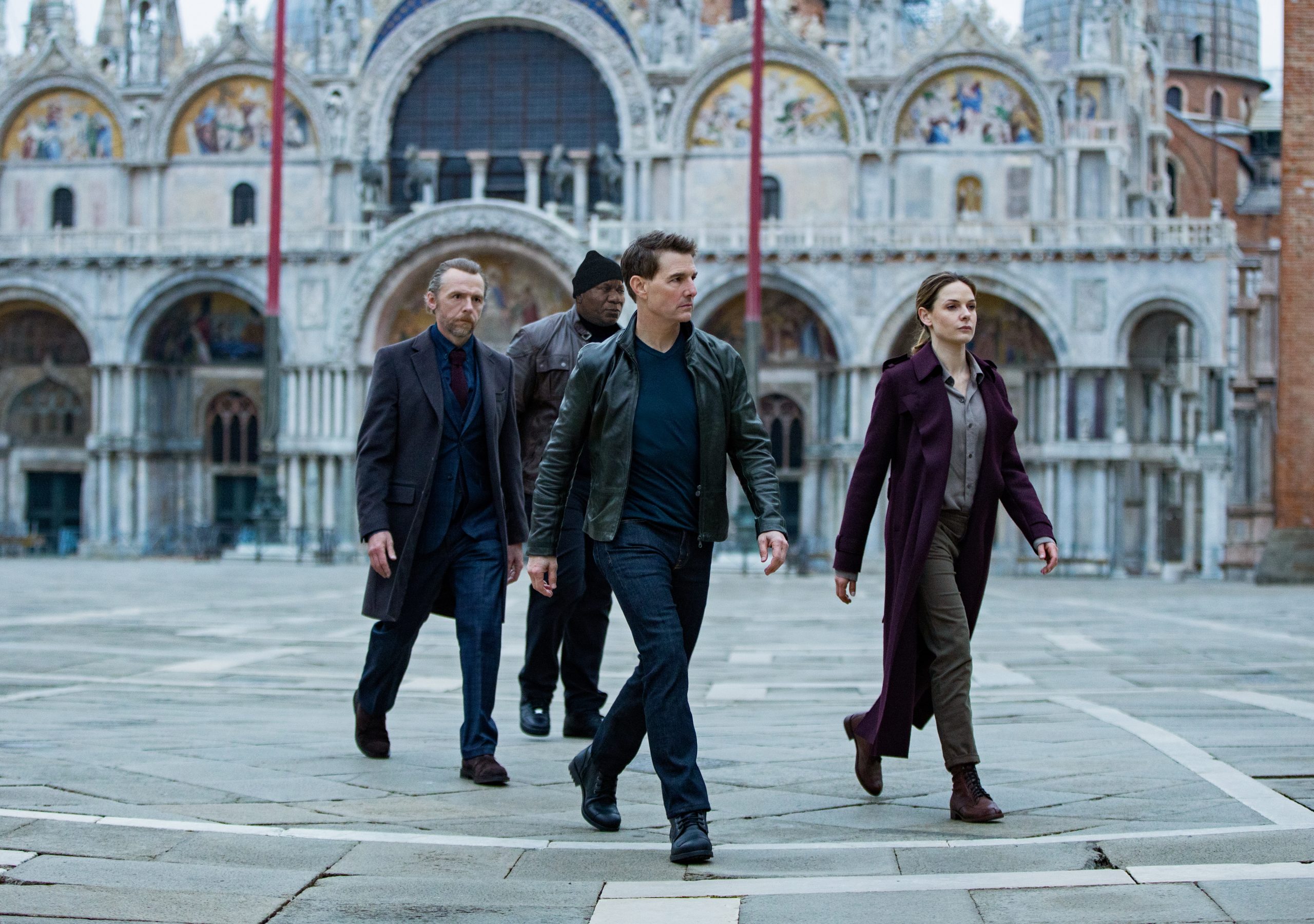
(L-R) Simon Pegg as Benji Dunn, Ving Rhames as Luther Stickwell, Tom Cruise as Ethan Hunt, and Rebecca Ferguson as Ilsa Faust in Paramount Pictures’ Mission: Impossible — Dead Reckoning Part One.
The script of the film also feels like the most Mission: Impossible script they could come up with. Steven Spielberg described the Indiana Jones movies to James Mangold as two-hour trailers, and yet that is exactly what Dead Reckoning Part One feels like. It is so far above everything that is in theaters right now it’s even ridiculous to compare (your move, Christopher Nolan). But the script also learned how to embrace the silliness of the franchise. Because let’s be clear, as much as Tom Cruise takes this seriously, there’s plenty of mask-wearing goofiness to go around in this film. Not many movies can get away with the line “Our satellite is down. Hacking now into Russian satellite [insert random serial number]. Oh no. This AI is taking down satellites faster than I can hack them” and still be considered one of the greatest action films ever made. Do not let the opening minutes of the film fool you — goodness is coming, and there is a lot of it here.
After a thrilling sequence inside an airport in the first act, and a jaw-dropping chase sequence through the streets of Rome with our characters handcuffed to each other, we get to probably the best action setpiece in the entire franchise. This involves, but it is not limited to, the highly-publicized stunt of Tom Cruise jumping off a cliff on a motorcycle, which has a hilarious payoff and is only the opening act of an edge-of-your-seat train crash. It is everything we go to the movies for.
Mission: Impossible — Dead Reckoning Part One is less consistent than Fallout, where its lows are significantly lower than the previous installment. But its highs are as high, if not higher than ever before. There is nothing as cool in this movie as Henry Cavill reloading his arms before using a random thug as a punching bag, but Fallout also didn’t have a character as engaging as Hayley Atwell’s Grace, who feels like the true standout of the film. (Seriously, the level of quality of the female characters in this film, ranging from Atwell/Ferguson’s to Vanessa Kirby’s returning White Widow or Pom Klementieff’s French assassin, is off the charts.) Last but not least, it features yet another score by Lorne Balfe that vibrates off the speakers, revealing more than ever before that the iconic theme is another character in the story at this point.
Mission: Impossible — Dead Reckoning Part One is currently in theaters.
Miguel Fernández is a Spanish student that has movies as his second passion in life. His favorite movie of all time is The Lord of the Rings, but he is also a huge Star Wars fan. However, fantasy movies are not his only cup of tea, as authors like Scorsese, Fincher, Kubrick or Hitchcock have been an obsession for him since he started to understand the language of filmmaking. He is that guy who will watch a black and white movie, just because it is in black and white.

